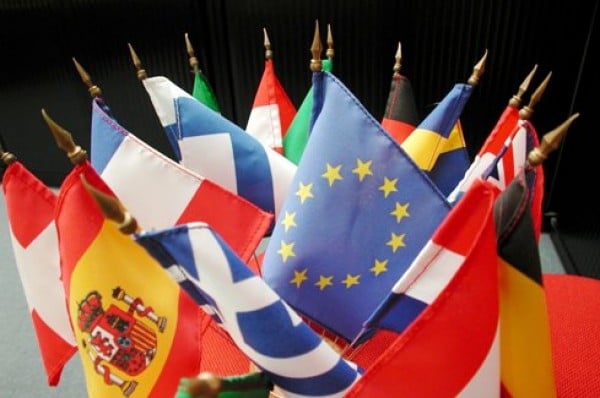
In an effort to ensure greater coordination and consistency in EU foreign policy, the Treaty of Lisbon created a High Representative of the Union for Foreign Affairs and Security Policy, merging the post of High Representative for the Common Foreign and Security Policy and European Commissioner for External Relations and European Neighbourhood Policy.
On the eve of the third and final presidential debate dedicated to the U.S. foreign policy between President Obama and Governor Romney, it is appropriate time to get back to the common foreign policy of the EU and explore where it stands today.
The Treaty of Lisbon introduces two important elements into the institutional architecture of the European Union – the figure of the High Representative for Foreign Affairs and Security Policy and the European External Action Service that will assist the High Representative. Besides those two, the Treaty creates the post of the Permanent President of the Council of the European Union. To establish more coherencies, the EU Delegations in third countries have been transformed from Delegations of the European Commission to Delegations of the European Union. The political will behind those changes was to achieve a more clear and united voice of the EU on the global stage as well as to stress its visibility on a political level. Moreover, all those institutions has to insure that Europe can “speak with one voice.”
Despite the fact that the Treaty of Lisbon introduced a series of important legal, institutional and structural changes, some of them are being questioned on numerous occasions. For instance, before the entering into force of the Treaty of Lisbon, the European Community and the European Union had different statues. The Treaty of Lisbon put to an end this dual system and has given the EU a single legal personality. One of the shortcomings of the Treaty was, that it did not change the division of powers between the EU and the Member States in particular areas of EU activity. In many areas of external relations, Member States continue to have full power to define representation rules to external parties.
However, in practical terms, this switch is/was not so easy to be put in place. At present, in some international organizations the EU Delegation has a statute of an observer in comparison with the time before the Treaty of Lisbon. Before the Treaty of Lisbon, the rotation presidency of the European Union had the possibilities to make statements thanks to the statues of the nations. In the post-Lisbon period, the EU has a statute of an observer in the U.N. General Assembly. In 2010, the EU tried to make an attempt to have a resolution giving her a different status. This was possible only a year latter when a resolution was passed in the U.N. General Assembly, granting the EU delegation at the U.N. the right to speak on behalf of the EU.
It was the U.K. that pointed out a few months later during a meeting of Heads of Missions in Geneva the need of adding “and the member states” in the introduction of the statements made by the EU. Following the discussions, it was decided during meetings to be used the “WE” meaning “the EU and its member states.” The Geneva case turned to be an example duplicated in many other cases where the legal nature of the EU established with the Treaty of Lisbon prevents the organization to state for itself. In a number of international forums the EU couldn’t declare positions and to speak “with one voice” in international organisations such as the U.N. and the OSCE. With the intervention of the Polish Presidency, an agreement was reached among Member States, the European Commission and the European External Action Service on how EU statements are delivered in international organisations.
The EU is trying to become a more important player and lead a common foreign policy. On the other hand, the European External Action Service is a new model of diplomacy but needs recognition as a real diplomatic service in the formal sense of the word first of all from within the Union. The Treaty of Lisbon gives the instrument but then it is the will of the member states to achieve a common foreign and security policy. As seen from the case above, the EU can have one common policy but based on long compromised among the member states. It takes time those compromises to take place.